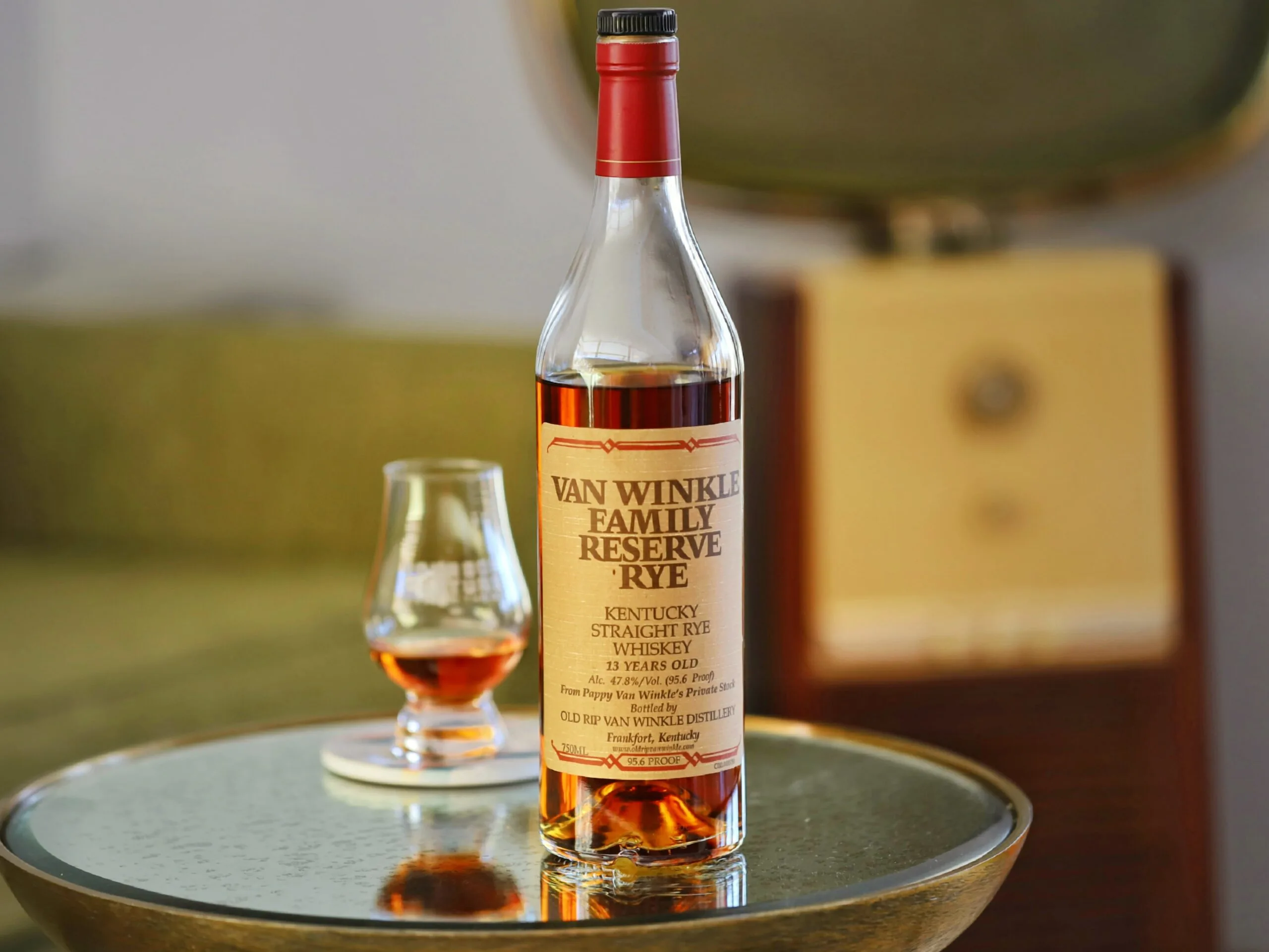| Don't like ads? | No ads |
It was 1985 and American Whiskey makers were struggling. Sales had been stagnating due to American’s preference for clear spirits. In Kentucky, many distilleries were closing down. Smaller distilleries had already closed and moderately-sized ones couldn’t keep up. It seemed like the only way to survive was to merge with larger ones.
One such behemoth began to emerge during that timeframe – United Distillers. They owned brands and distilleries like Stitzel-Weller, Ancient Age, I.W. Harper, Bernheim, Cream of Kentucky and Medley. Some of these were acquired when they bought another whiskey behemoth – Schenley Industries – in 1987. By the end of the 80’s, UD owned distilleries from Owensboro to Frankfort and everywhere in between. Their stocks of aged whiskey in storage were some of the largest in the world at that time.

Rather than explaining the whole history of what happened to each United Distiller brand, I want to draw attention to the western-most distillery in their arsenal – Medley Distillery. If you’re wondering why I’m discussing Medley Distillery in a review for a brand that famously used barrels of Stitzel-Weller bourbon, then keep reading. The origin story of Van Winkle Family Reserve Rye has nothing to do with Stitzel-Weller and everything to do with Medley.
United Distillers couldn’t save them all
Medley Distillery (now called Green River Distillery) is located on the banks of the Ohio River in Owensboro, Kentucky. It has a history that is too long to talk about here, but one of the main takeaways is that they were one of the few in the United Distillers portfolio that had distilled rye whiskey. At the time, most Kentucky producers didn’t try to mess around with producing a rye whiskey because the demand wasn’t there. Most were sourcing theirs from distilleries in Pennsylvania or Maryland.
Medley discontinued making and bottling rye whiskey for themselves in the early 1980s due to lack of sales. That doesn’t mean they stopped making it entirely, though. They still would make it if a customer contracted them to do so.

If a private entity is fronting the money for a whiskey to be made, it was unlikely they wouldn’t collect it when it was done. This is what makes the mystery surrounding why a particular batch of rye whiskey was distilled in 1985 and then abandoned. Who was it made for? In all of my digging, I haven’t found anyone who has ever found out. All we know is that significant stocks were made (using a mash bill of 51% rye, 38% corn and 11 malted barley) and continued to age deep in Medley’s “tile” warehouses (the tour guides will tell you it’s not brick).
After Medley’s stills went silent at the end of the 1980’s, the only real use for the campus was their many warehouses. All of the barrel stocks were inventoried and used to fill in the gaps wherever United Distillers needed them. The unclaimed barrels of rye whiskey managed to remain unused for over 10 years during this time.
United Distillers spent most of the early and mid 1990’s trying to stay afloat by shuttering distilleries that were deemed too expensive to keep running. They had just opened up the state-of-the-art New Bernheim Distillery in 1992 and began to shift production of most of their brands to it. Medley and Stitzel-Weller’s distilling operations went offline and their campus’s were only used for barrel storage.
Then UD’s parent company – Guinness – merged with Grand Metropolitan in 1997 to become Diageo. Diageo’s business pursuits after the merger saw them shed their collection of United States distilleries and a large portion of their barrels. During all of this turmoil, Julian Van Winkle happened to come into contact with a large lot of 12-year-old Medley rye whiskey barrels at a price he couldn’t say no to.
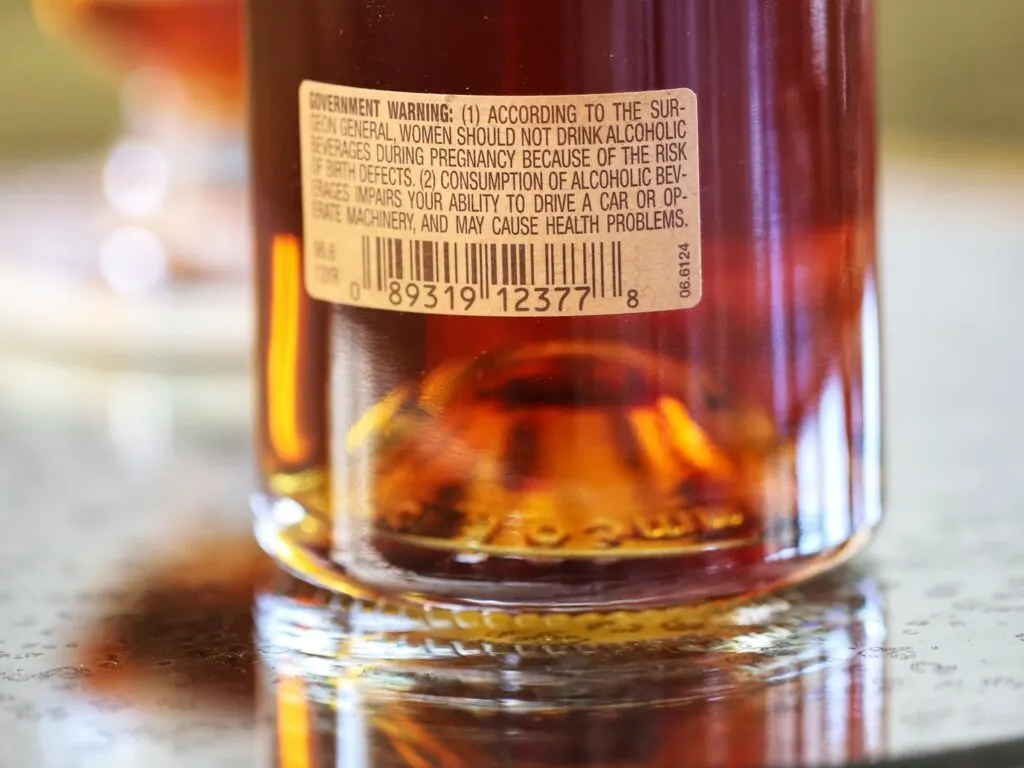
By his own admission, he had a choice between two other large stocks of rye whiskey to choose from at the same time. One lot was made at (Old) Bernheim for the Cream of Kentucky brand and one lot was distilled by Ancient Age Distillery (now known as the Buffalo Trace Distillery). He outright rejected the Ancient Age barrels (which would become the tanked version of Sazerac 18 Year Rye) but would eventually come back to source some of the Cream of Kentucky barrels in 2004. More on those later.
Of note: There are some credible enthusiasts who believe the Ancient Age Rye Whiskey was never distilled at the Frankfort distillery. The alternative theory is that the early releases of Sazerac 18 was actually Cream of Kentucky/Old Bernheim rye whiskey that was distilled there possibly in 1981.
Van Winkle Family Reserve Rye Whiskey is born
With each passing year, Julian bottled those barrels of Medley rye whiskey for his brand (and for customers who wanted a private label of their own). He kept the barrels in his warehouse at the Old Commonwealth/Hoffman Distillery where they continued to mature. But Julian never changed the age statement on the front label from its original “13 years old” simply because re-filing for a new label to the TTB was a bigger hassle back then. Enthusiasts would have to depend on unique spreadsheets like this one (author: Steve Neese) to decipher the age of the rye whiskey (and where it came from) inside of their bottle.
UPDATE: Steve Neese has graciously allowed me to post an updated spreadsheet that he created. I’m posting it at the bottom of this review.
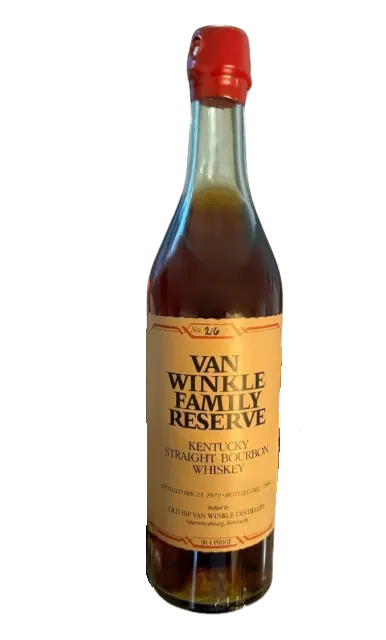
Eventually, Sazerac came a-knockin’ and made a deal with Julian in 2002 to absorb his Van Winkle brand. One of the first orders of business was to move his inventory of barrels to the Buffalo Trace Distillery. Most enthusiasts know that meant his remaining Stitzel-Weller wheated bourbon barrels, but it also included those Medley rye whiskey barrels.
Two years later, in 2004, Julian decided that the rye whiskey was getting to the point of becoming over-oaked, so he dumped the remaining barrels into a stainless steel vat. Depending on who you ask, the barrels were either 18 years old when they were vatted or had just turned 19. Buffalo Trace, as it turned out, had a lot of experience with vatting whiskies – they had just done it with their own rye whiskey (the Ancient Age-distilled rye whiskey I spoke about earlier). The story was that Elmer T. Lee received the barrels back from a customer who didn’t want them anymore. That went on to become the tanked (vatted) version of Sazerac 18.
Van Winkle Rye changes again
Sometime before 2004, Julian noticed just how low his supply of Medley rye whiskey was getting. He calculated the volume he would have left by time his new rye whiskey that Buffalo Trace was producing for him would reach 13 years old (Note: Steve Neese believes that BT didn’t begin distilling a rye whiskey for VWFRR until at least 2005). The numbers looked dire, but it just so happened that Buffalo Trace had obtained some barrels of the Cream of Kentucky rye whiskey at some point and allowed him to use it to stretch out his remaining supply of Medley rye.
Just to be clear, there was no “Cream of Kentucky Rye Whiskey” label. It’s just what it was always referred to. This rye whiskey was produced at the Old Bernheim Distillery (which still should have been DSP-KY-1) in roughly the same year as the Medley. Based on the investigative work of Neese, it’s determined that the Medley/CoK blend was used from 2004 up to 2012.
From 2013 to 2016, there was a lot of speculation about what was in the Van Winkle Family Reserve Rye bottles. According to the aforementioned spreadsheet, it was a blend of Medley, Cream of Kentucky and Buffalo Trace-distilled rye whiskey (which might discredit the theory that BT didn’t start distilling a rye whiskey for VWFRR until 2005). This was likely done to slowly change the flavor profile so that die-hard customers wouldn’t notice a sudden change in whiskey profile. There was no release of VWFRR in 2017 but when it was released again in 2018, it was widely assumed to be the first year that it was a 100% Buffalo Trace-distilled product.
Ironically, the tanked rye whiskey used in Sazerac 18 dried up around 2016 as well. From that point forward it was generally agreed that the rye whiskey inside of Sazerac 18 was also distilled by Buffalo Trace. What I’m about to say is just an opinion of mine, but I believe that modern-day Sazerac Rye, Buffalo Trace Kosher Straight Rye, Thomas H. Handy, Sazerac 18 Rye and Van Winkle Family Reserve Rye all use rye whiskey from the same mash bill. The only differences between them are age, proof and the barrel selection teams that picked them. Of note: EH Taylor Straight Rye is known to use its own distinct “no corn” mash bill.
Finally, the review can begin
The bottle I am reviewing today was bottled in 2020. It is assumed to be just 13 years old and probably chill filtered (all BT products are chill filtered unless they are Barrel Proof). All VWFRR is bottled at 96.5 proof. The one exception was a rare 15 year old version bottled in 2000 (see below). This was bottled as a private label for a store in France that wanted it at a slightly higher proof and to be non-chill filtered in the style of their favorite Scotches.
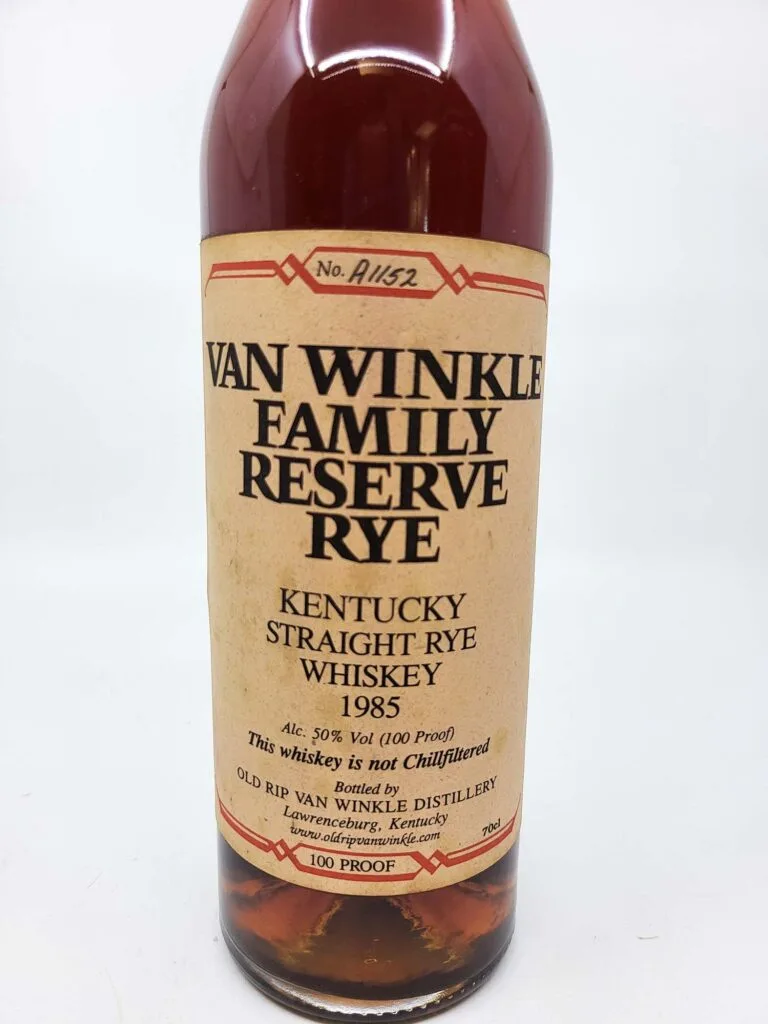
Many of the old school whiskey people out there have complained that VWFRR has lost its touch when it shifted to entirely Buffalo Trace, but I wouldn’t know. Instead, I’m here just to see if this famed brand is worth the money – and the hassle – that comes with a bottle wearing the Van Winkle name. So with that in mind, let’s get down to tasting. I sampled this neat in a glencairn.
Tasting Notes
Nose: I think the corn content in the mash bill is responsible for the caramel candy and artificial maple candy notes. I get some soft spice like ground cinnamon as well as fruits like orchard fruits and raisins. Tannins are on the soft side with oak that lacks a spicy or woody character. Overall, I find it to be somewhat mild and muted compared to a close competitor: Michter’s 10 Year Rye.
Palate: The palate is a mixed bag of ordinary flavors and flavors that I rarely – if ever – have tasted in a whiskey. A compliment of baking spices is first up: cinnamon, anise, nutmeg and black pepper couple with toasted caramel and Flan. I can even taste fruit notes like plums and cherries. But when I find flavors similar to peaches and Midori Melon Liqueur, that’s where I was thrown for a loop. I’ve tasted peach maybe once or twice outside of whiskies that were finished in a Peach Brandy barrel, but I’ve never tasted something resembling melon. It’s wild.
For being 13 years old, I do get a nice amount of oaked mixed with a little bit of old leather, but it hasn’t achieved a musty/antiqued note by any means. The one thing I’m really enjoying is the silky mouthfeel. I wouldn’t call it oily and I wouldn’t call it creamy. So silky it is.
Finish: The tannins on the finish carry over from the palate: smooth oak and leather. More rye notes begin to emerge at the end with notes of black licorice and plum wine. Cherry flavors hang around too. Baking spices aren’t nearly as impactful. Instead, caramel sweetness seems to be a main player at the end. The Van Winkle tasting team seem to have sacrificed bold character traits in the name of smooth drinkability.
Score: 7.8/10
I’m sure that 98% of enthusiasts out there get elevated heart rates and dilated pupils whenever a bottle with the name “Van Winkle” gets pulled out. Heck, I feel the same way too – even though I’ve really only been wow’ed by the 15 and 20 year bourbon. I do remember being given a pour of a 2015 VWFRR back when I was new to bourbon and it immediately impressed me. This 2020 version though – not so much.
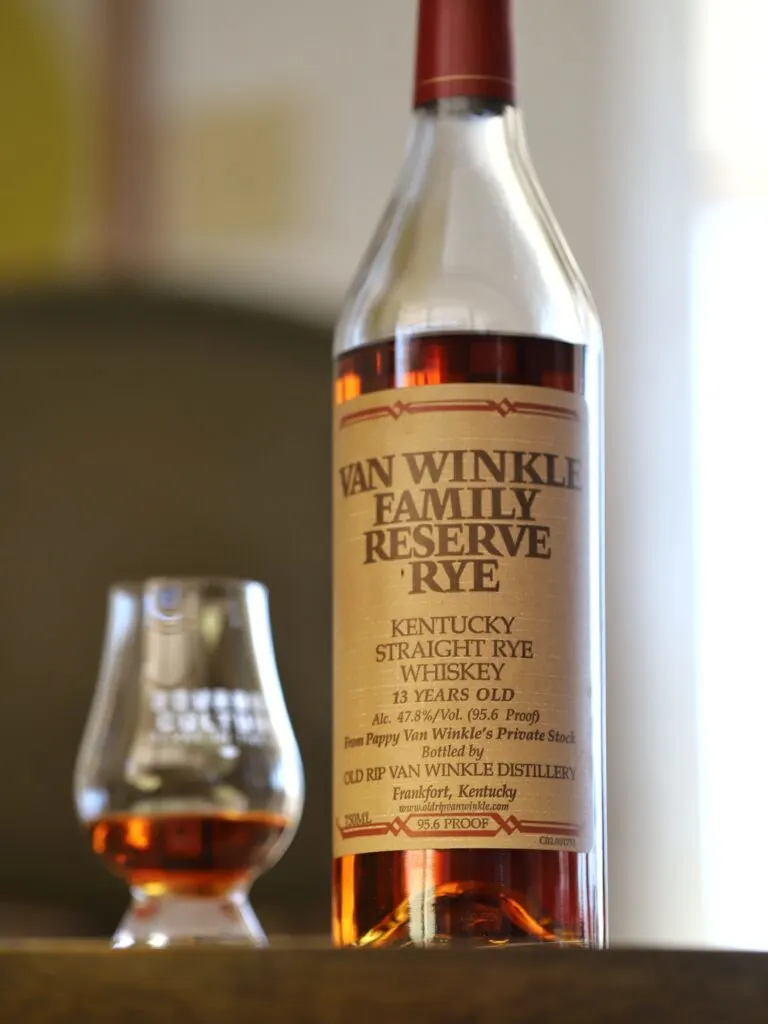
It’s not like this is a bad rye whiskey. It has some unique traits that tick the right boxes in my book. I’ll even go a step further and say that – at retail – this is worth every penny. It’s a fantastic sipping rye that should please every kind of rye whiskey lover out there. But it’s not a standout and definitely gets outclassed by rye whiskies that are more affordable and obtainable. Michter’s 10 Rye Whiskey is one of the bottles that compares directly to VWFRR and – frankly – runs circles around it.
Final Thoughts
Much like enthusiasts learned when High West switched their rye whiskey blends, there’s no way to ever reproduce a legend. Once it’s gone, it’s gone. So I offer you this one bit of advice if you’re actively looking to buy a bottle of modern-day VWFRR on the secondary – just don’t. It’s not even a shadow of its former self – it’s an entirely different product This is not a rye whiskey you need to get excited about.
The value people place on this bottle is solely derived from its storied past. If it was not wearing the Van Winkle name on the label, it would fall somewhere under Michter’s 10 Year in terms of secondary market value (and would be based purely on its age). But I have an idea on how this bottle could regain some of its former glory; The Van Winkles could bottle it at a higher proof. I’m not saying it has to be barrel proof either. Just bottle it around 107 to 110 proof and watch the flavor and intensity instantly improve. But if the Van Winkles fail to take steps like this to improve their rye whiskey, then it will further cement the fact that their best days are behind them… and that their reputation is only as deep as the paper labels with their name on it.
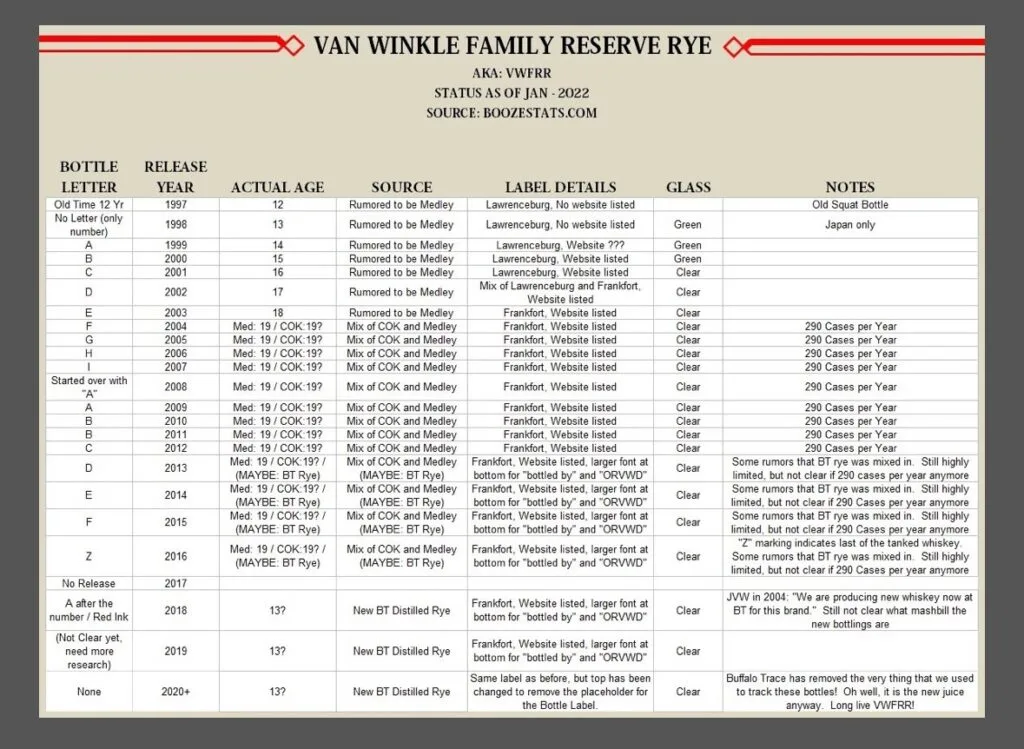
Major Changes
- 2017 indicates that no releases occurred that year
- 2019 and 2020+ rows have been added in
Featured Products
- Neat Traveler

- View Larger
- Description:The Aged & Ore Neat Traveler is a complete travel kit for spirits. We combined our widely praised Neat Glass with one of our 3oz Flight Bottles and housed them together in a custom EVA travel case. Perfect for a night away with your favorite pour. The tie
- Bottle Flight

- View Larger
- Description:The Aged & Ore Bottle Flight is a premium set of 4 custom silicone wrapped glass bottles designed to transport and share samples of your favorite spirits. The flight bottles come in a custom EVA travel case that fits perfectly in any small bag. An Aged &
- Travel Bundle
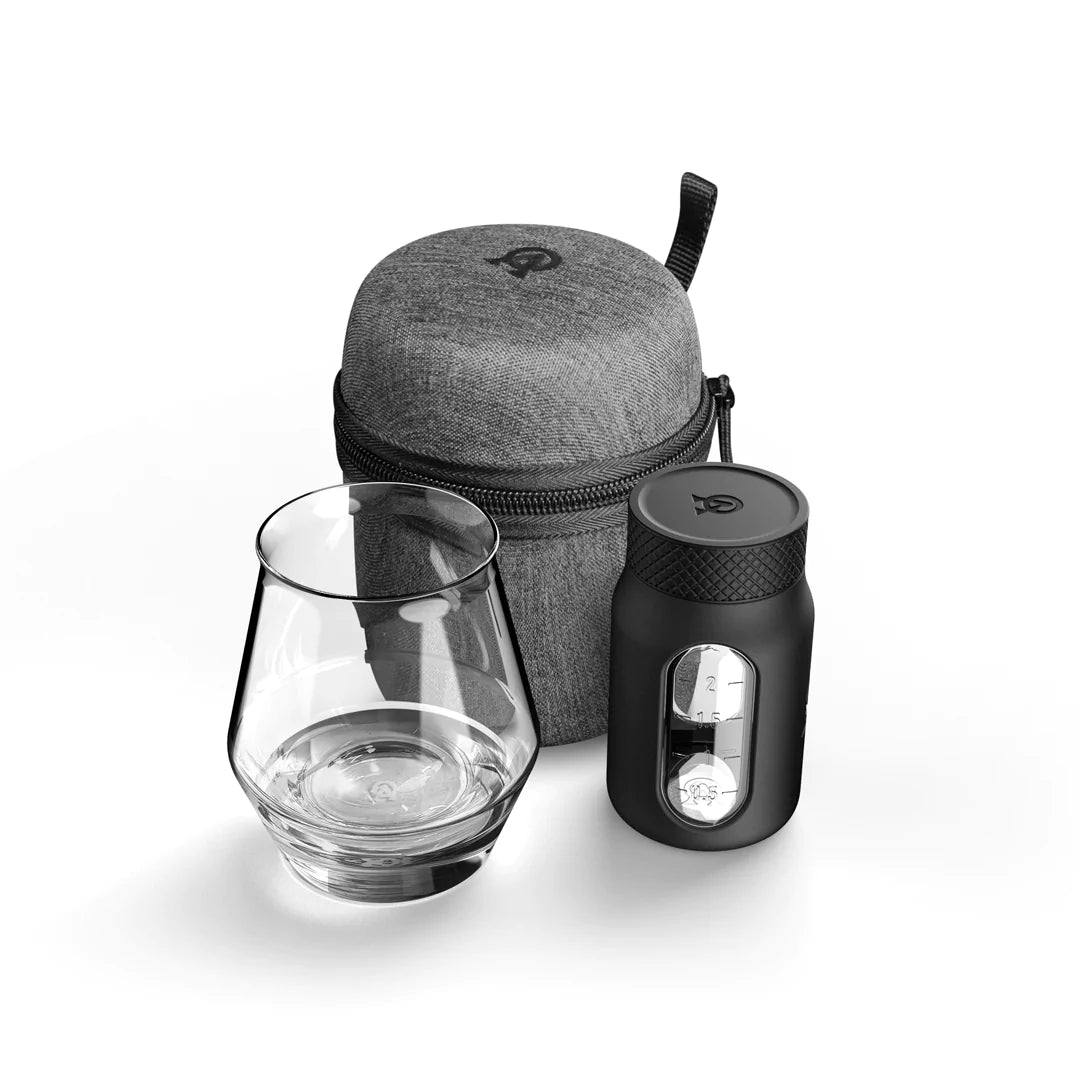
- View Larger
- Description:This Bundle combines two of our crowd favorite products, creating the ultimate travel bundle to bring along your favorite spirits and glassware. Bundle Includes: Neat Traveler (Gray) Bottle Flight (Gray) Note: This bundle is only available in gray and col
*Bourbon Culture is reader-supported. When you buy through links on our site, we may earn an affiliate commission.
